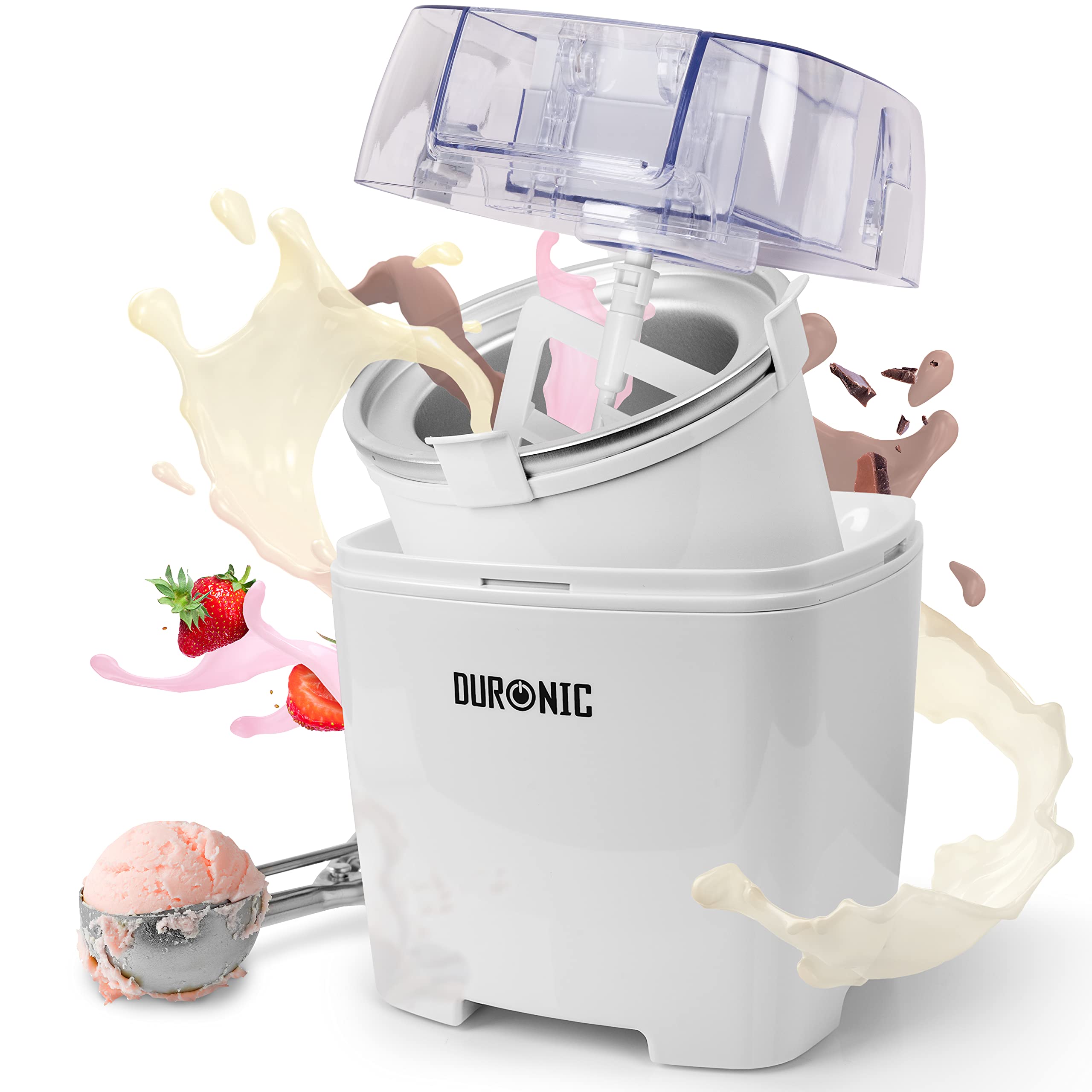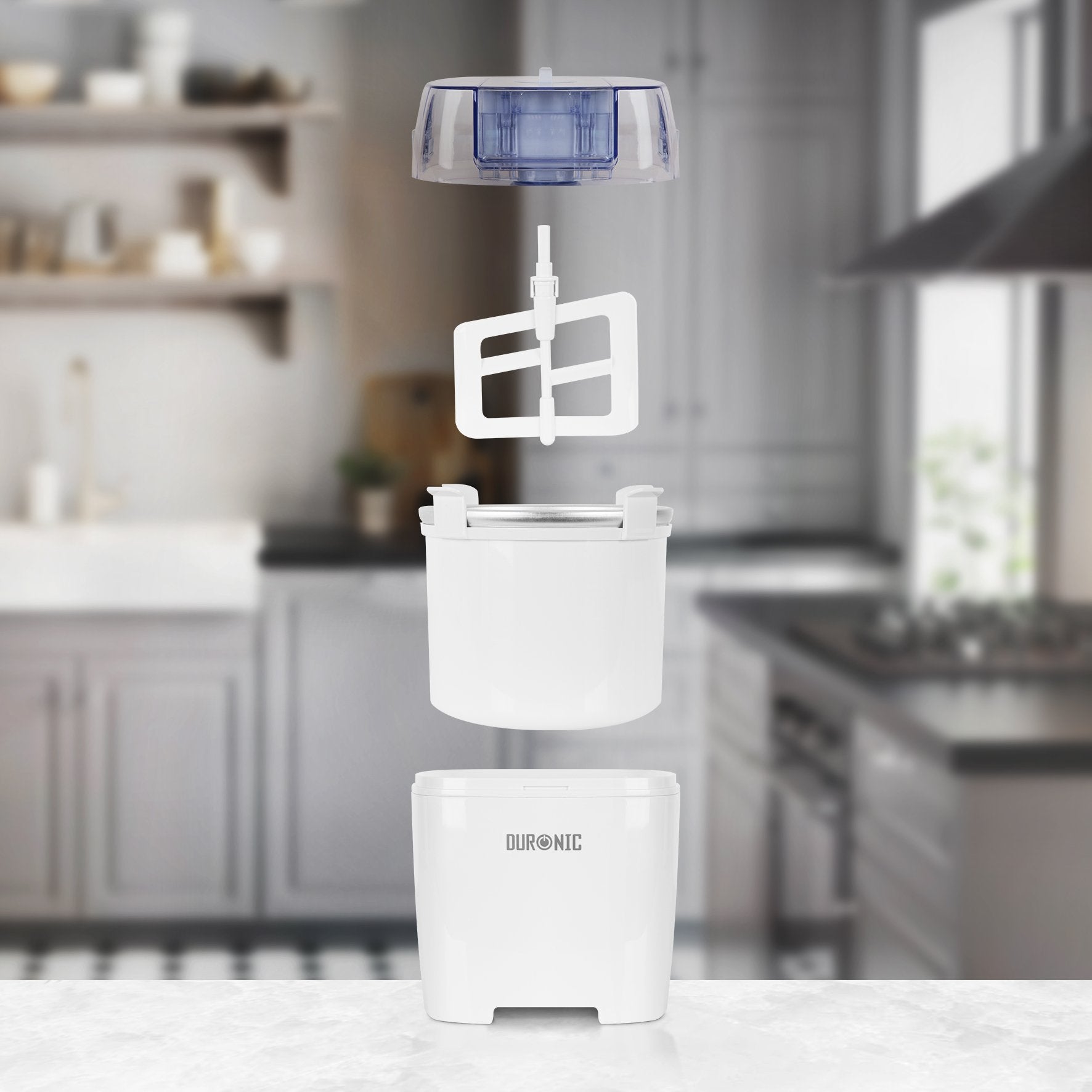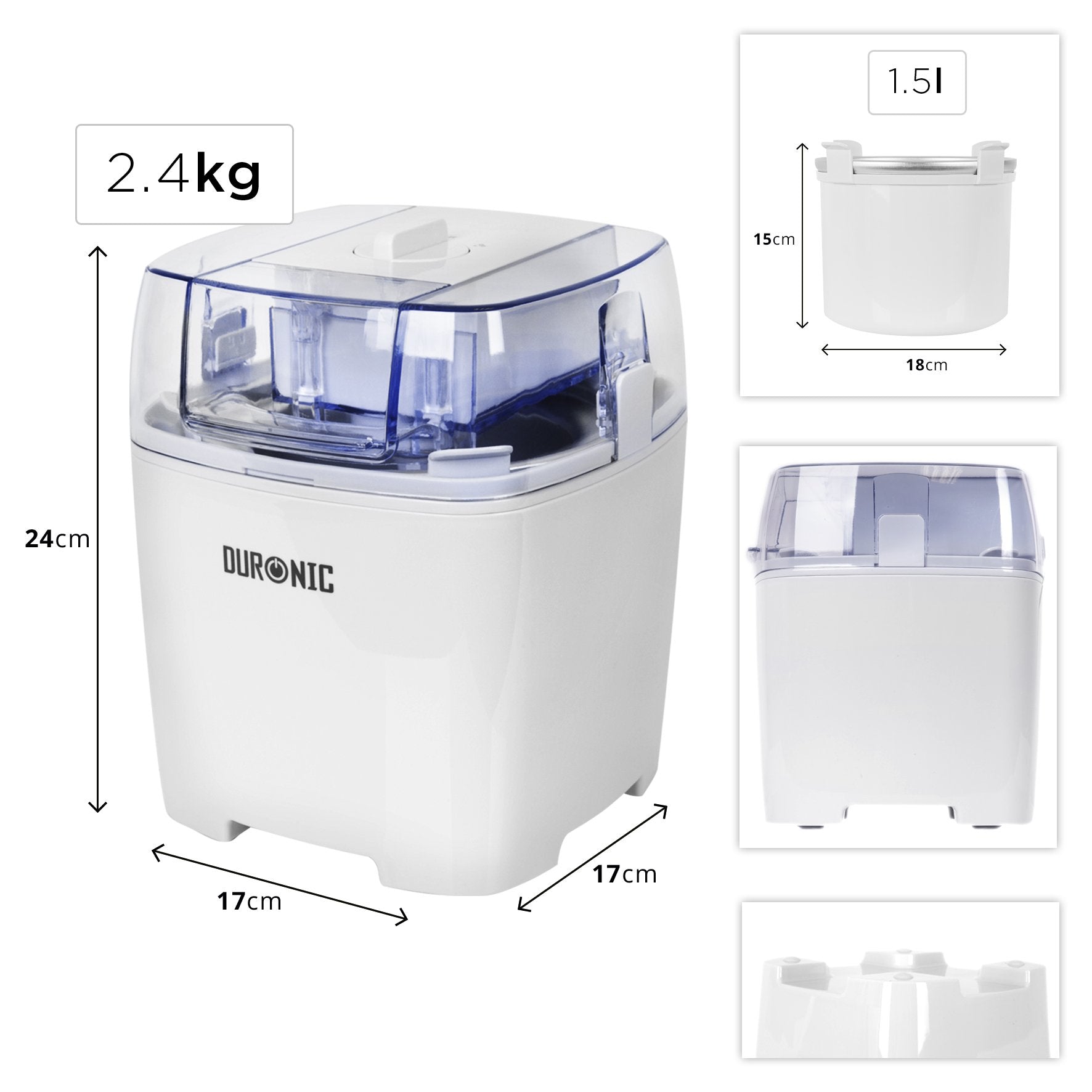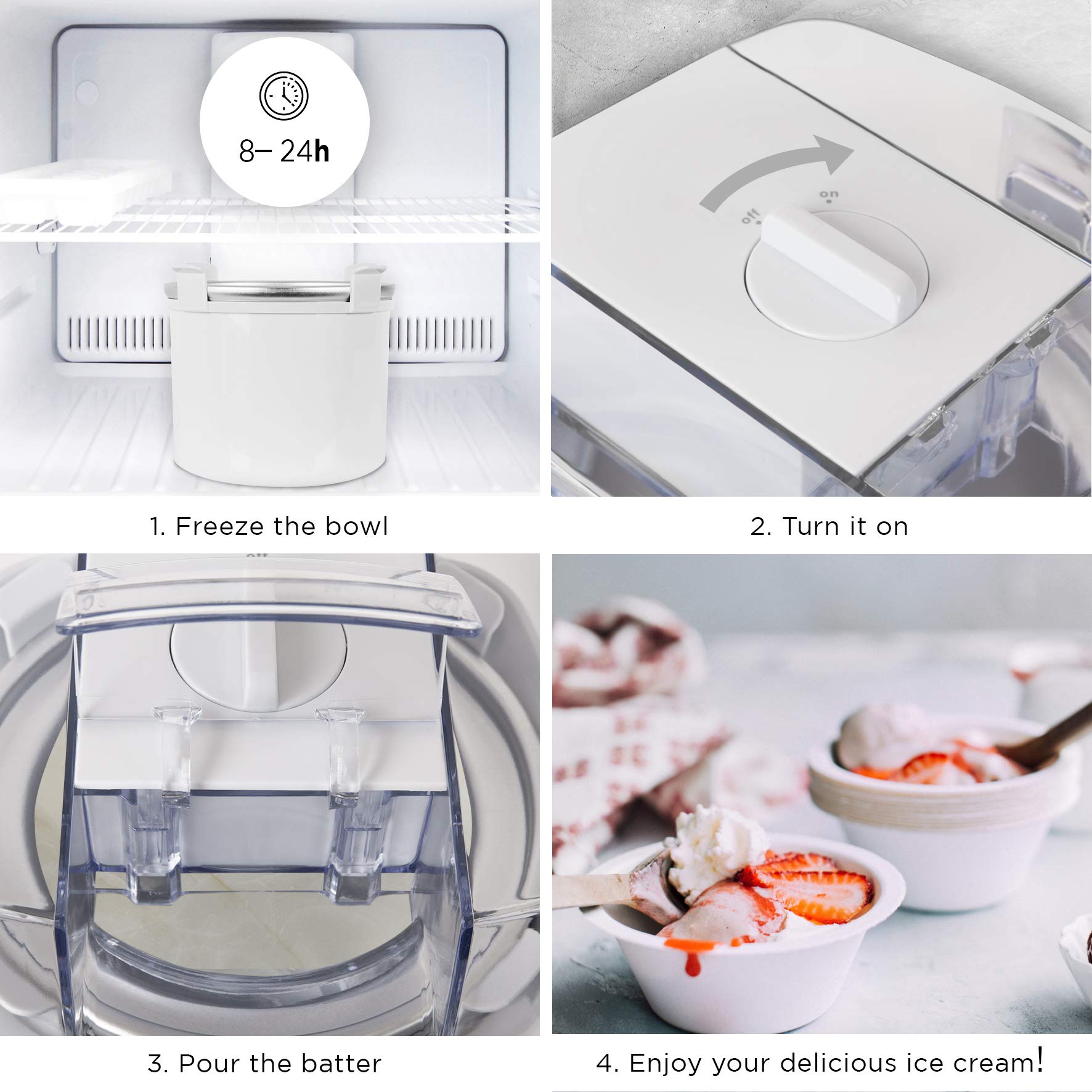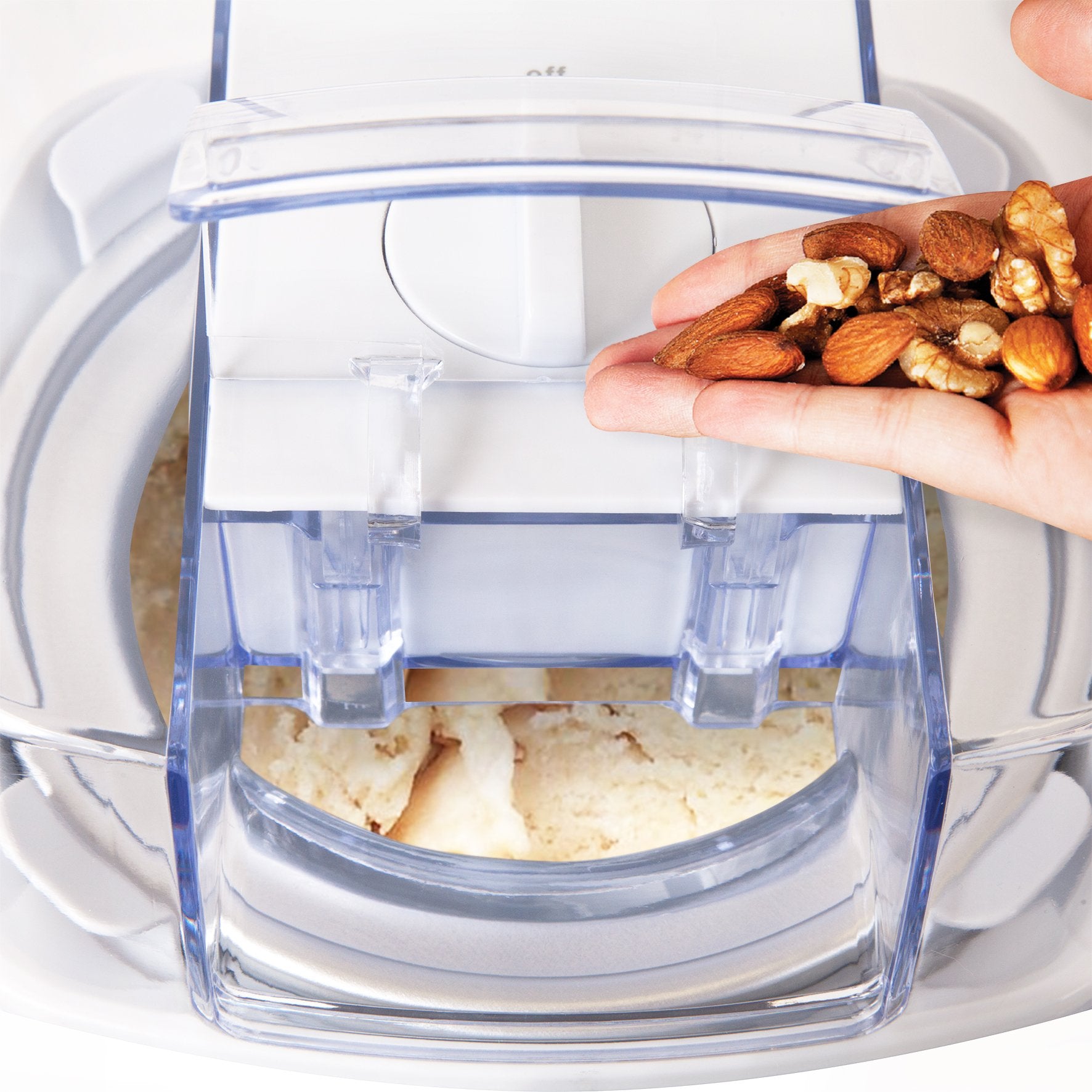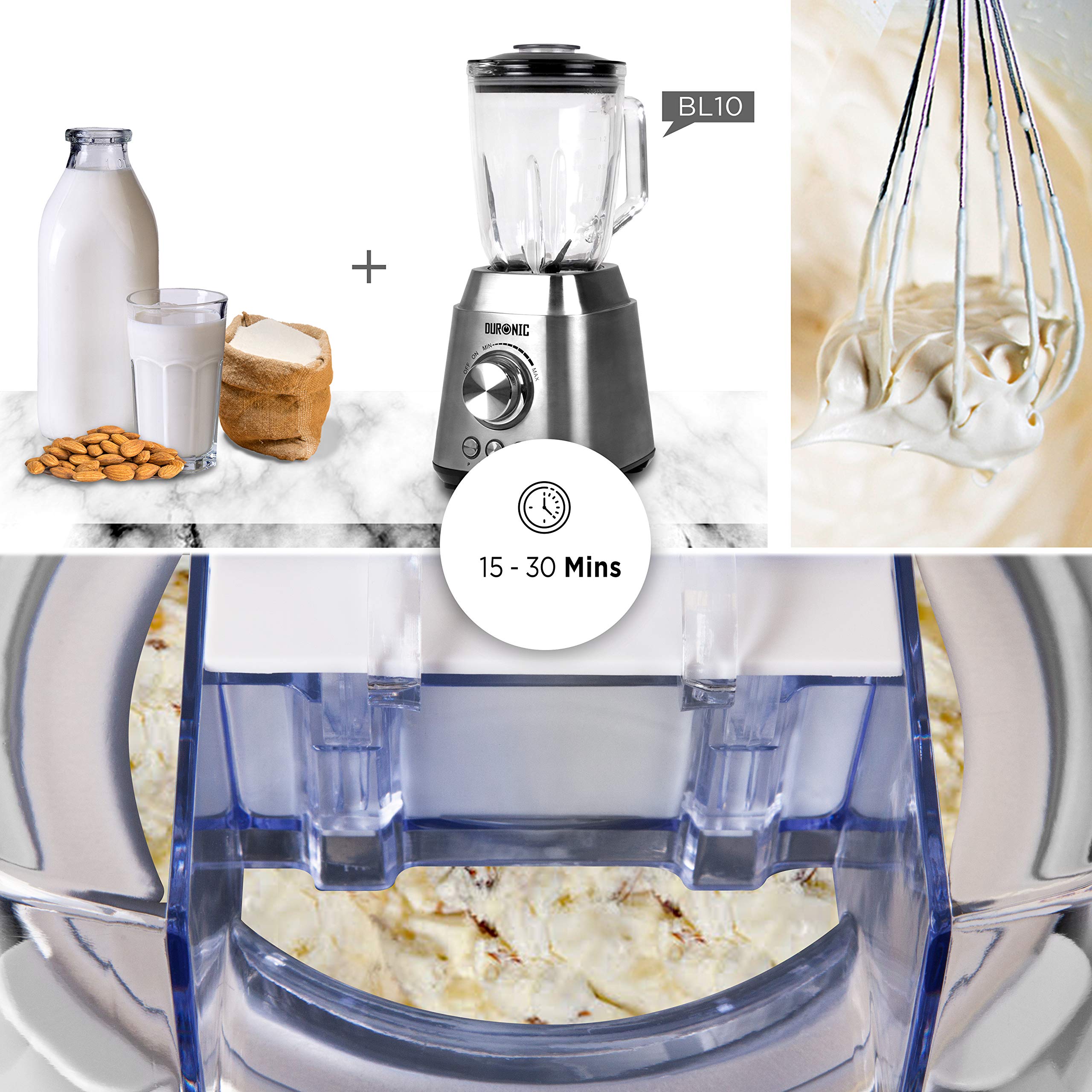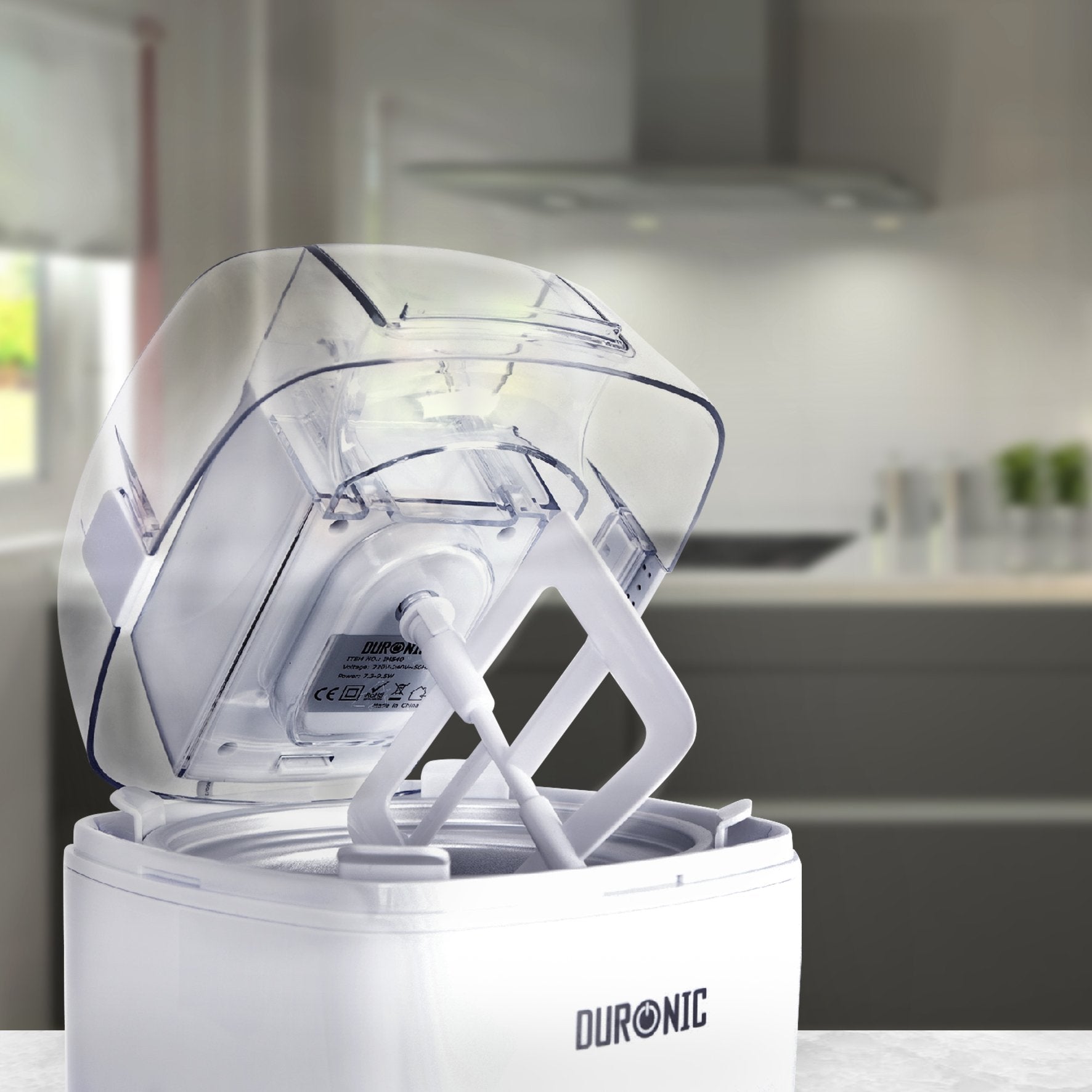Ice Cream Day
Ice Cream Day provides enthusiasts of all ages with the perfect opportunity to indulge in creamy goodness. Originating from the United States in the early 20th century, this annual event has since become a global phenomenon. Join us on a journey through the fascinating history of ice cream, from its ancient origins to its contemporary popularity. Discover mouth-watering recipes to try in your ice cream maker and clever troubleshooting tips to ensure each batch of homemade ice cream is a triumph. Let's delve into the world of ice cream and celebrate this amazing frozen dessert.
Who Invented Ice Cream?

Ice cream's origin stretches back to antiquity, though its exact inception remains shrouded in mystery. Some credit its invention to the ancient Chinese who would mix snow or ice with milk and flavourings, while others point to the Roman Empire when Nero famously ordered ice to be brought from the mountains and mixed with fruit. As for who specifically invented modern ice cream, it's hard to pinpoint a single person. The development of ice cream involved the contributions of many individuals over centuries and its popularity continued to spread globally over time.
Who invented Ice Cream Maker?
The invention of the first ice cream maker is credited to various individuals over time. One early precursor to the modern ice cream maker was a hand-cranked device developed in the 18th century by Nancy Johnson, an American woman from New Jersey. She patented her design in 1843. Johnson's invention revolutionised the process of making ice cream, making it more accessible and efficient for households.
Are Ice Cream Makers Worth It?
Absolutely! Investing in a homemade ice cream maker like the Duronic IM540 offers numerous benefits. Firstly, it provides control over ingredients, allowing you to indulge in healthier, tailored options free from preservatives. Homemade ice cream is often fresher than store-bought varieties since you can use fresh dairy and other ingredients. This can result in a richer and more flavorful end product. An electric ice cream maker also offers convenience and consistency, producing smoother and creamier results than manual methods. Whether you're craving classic flavours or experimental concoctions, an automatic ice cream maker empowers you to bring your culinary dreams to life.
How Do Ice Cream Makers Actually Work?

Ice cream makers simplify the freezing process while ensuring your mixture remains creamy and aerated. The Duronic IM540 ice cream maker features a pre-freeze bowl that ensures the mixture cools quickly and evenly. Once the bowl is frozen and placed into the machine, a motor-driven paddle stirs the ice cream base continuously, preventing ice crystals from forming and incorporating air to achieve that perfect creamy texture.
To find out more about this, check out our other blog here.
How Do You Use The Duronic IM540 Ice Cream Making Machine?

To use the Duronic IM540 ice cream maker, begin by freezing the 1.5-litre bowl. Once frozen, place it into the machine and turn it on before pouring your mixture. This step is crucial as adding the base before starting the machine can cause the mixture to freeze solid, potentially halting the paddle. Allow the machine to churn for 15-30 minutes, and soon you'll have deliciously smooth ice cream.
What are some tips for making creamy ice cream with an ice cream maker?
Achieving the perfect consistency involves a few handy tips:
Pre-cool Ingredients: Chill all ingredients before use. This speeds up the freezing process, enhancing the texture.
Optimal Fat Content: Use ingredients like double cream and condensed milk to add richness.
Regular Churning: Ensure your ice cream maker is churning consistently to prevent ice crystals.
Storage: Transfer the ice cream to an airtight container and freeze it promptly after churning to maintain smoothness.
Homemade Ice Cream Recipes
Blueberry Ice Cream
400g blueberries, plus more for serving
50g caster sugar
1 Juice and zest of 1 lemon
720ml double cream
400ml sweetened condensed milk
Instructions:.
- Puree 400g of blueberries with the juice and zest of one lemon and 50g of caster sugar.
- Mix 720ml of double cream with 400ml of sweetened condensed milk until well combined.
- Fold the blueberry mixture into the cream mixture.
- Pour into the pre-frozen Duronic IM540 ice cream maker and churn for about 30 minutes.
Cherry Ice Cream
60g frozen cherries (stoned & lightly pureed)
415ml sweetened condensed milk
295ml double cream
6 tbsp icing sugar
Instructions:
- Puree 60g of frozen, stoned cherries with 6 tbsp of icing sugar.
- Combine 415ml of sweetened condensed milk with 295ml of double cream.
- Mix the cherry puree with the cream mixture.
- Churn in the pre-frozen Duronic IM540 ice cream maker for 25-30 minutes.
Pistachio Ice Cream
100g pistachio (unsalted & shelled)
150ml milk
100g golden caster sugar
300ml double cream
300ml ready-made custard
½ tsp almond extract
Instructions:
- Finely grind 100g of pistachios.
- Warm 150ml of milk with 100g of golden caster sugar until dissolved, then cool.
- Mix milk with 300ml each of double cream and ready-made custard, and ½ tsp of almond extract.
- Stir in ground pistachios.
- Churn in your ice cream maker for about 30 minutes.
Lemon Ice Cream
400ml double cream
150ml whole milk
160g sugar
225ml lemon juice
4 tbsp lemon zest
Instructions:
- Mix 160g of sugar with 400ml of double cream and 150ml of whole milk.
- Stir in 225ml of lemon juice and 4 tbsp of lemon zest.
- Pour the mixture into the ice cream maker and churn for 30 minutes until creamy.
Troubleshooting Common Issues
Even with the best ice cream maker, you might encounter some hiccups. This troubleshooting section answer some of the most common questions that people have about Ice cream makers:
Why isn't my ice cream maker freezing the mixture?
Ensure the Duronic Ice cream making bowl has been left in the freezer for a minimum of 8 hours and is thoroughly frozen before use.
Avoid overfilling the ice cream makers, as this can prevent proper freezing and churning. With the Duronic IM540 Ice cream makers, always stop 5 cm or 2 inches away from the top.
If you've checked all the above factors and the ice cream maker still isn't freezing the mixture, there may be an issue with the machine itself. Check for any visible signs of damage or malfunction and contact us for more assistance.
What should I do if my ice cream maker is making loud noises?

Ensure that all parts of the ice cream makers are properly assembled according to the manufacturer's instructions. Loose or incorrectly fitted parts can cause vibrations and noise during operation.
Place the ice cream maker on a level surface to prevent it from vibrating excessively. Uneven surfaces can amplify noise and cause instability during operation.
If the noise seems to be coming from the motor, check for any visible signs of damage or wear. Tighten any loose screws or bolts that may be causing the motor to vibrate excessively.
Sometimes, the noise could be caused by hard or large ingredients hitting the sides of the mixing bowl as the ice cream churns. Ensure that the ingredients are properly chopped or softened before adding them to the ice cream maker to minimise noise.
Why is the ice cream from my ice cream maker too soft?
The mixture may not have been churned for long enough in the ice cream maker.
Make sure that the ice cream bowl has been thoroughly chilled before using it in the ice cream maker. If the ice cream making bowl isn't cold enough, it may not freeze the mixture properly.
Avoid overfilling the ice cream makers, as this can prevent proper freezing and result in a softer texture.
Ice cream with a high fat content tends to be softer. Consider adjusting the recipe to reduce the amount of cream or fat, or try using a different recipe with a lower fat content.
What can cause an ice cream maker to stop churning mid-cycle?
If you've overloaded the ice cream maker with too much mixture, it may strain the motor and cause it to stop.
Continuous operation of ice cream makers can cause the motor to overheat, especially if it's being used for an extended period.
If the mixture becomes too frozen or if ice crystals build up around the churn, it can impede the churning process and cause the motor to stop. Pause the machine and check for any obstructions around the churn or inside the mixture. Break up any large chunks of ice that may have formed, and then resume churning.
Mechanical problems such as worn or damaged parts, loose connections, or faulty motors can also cause the ice cream maker to stop churning mid-cycle. Inspect the machine for any visible signs of damage or malfunction, and contact us for assistance if necessary.
Why does my ice cream taste icy rather than creamy?

Ice crystals can form if the ice cream mixture freezes too slowly or if it's not churned in the ice cream maker properly during the freezing process. This can result in a gritty or icy texture rather than a smooth, creamy consistency. Ensure that your ice cream maker is properly chilled and that the mixture is thoroughly churned.
Too much water in the ice cream mixture can lead to icy texture.if you're using fruits or other ingredients with high water content, consider cooking or reducing them before adding them to the mixture.
Ice cream needs a sufficient amount of fat to achieve a creamy texture. If your ice cream tastes icy, it's possible that the fat content in the mixture is too low. Consider adjusting the recipe to include more cream or other high-fat ingredients.
Why does the ice cream stick to the bowl of the ice cream maker?
The bowl of your ice cream maker needs to be thoroughly frozen before you begin churning. If it's not frozen solid, the ice cream mixture may stick to the sides.
If the ambient temperature is warm, it can cause the ice cream mixture to soften quickly and stick to the sides of the bowl. Try to churn the ice cream in a cooler environment, or place the ice cream maker in a cooler part of your kitchen.
Avoid overfilling the bowl of the ice cream maker, as this can cause the mixture to overflow and stick to the sides.
The consistency of the ice cream mixture can also affect how well it sticks to the sides of the bowl. If the mixture is too thin or watery, it's more likely to stick.
Ensure that all parts of the ice cream makers are properly assembled before you begin churning. If there are gaps or spaces between the bowl and the churn, the mixture may leak and stick to the sides.
Conclusion
In conclusion, Ice Cream Day is a celebration that honors the rich history and delightful indulgence of one of the world's favorite frozen treats. From its mysterious origins in ancient civilisations to the innovative advancements of modern ice cream makers like the Duronic IM540 ice cream maker, this beloved dessert has captivated taste buds for centuries. With homemade recipes, troubleshooting tips, and the right equipment, anyone can enjoy the creamy delights of ice cream-making. So, whether you're savoring classic flavors or exploring new culinary creations, Ice Cream Day offers a perfect opportunity to indulge in the joy of homemade ice cream.
Discover our dessert maker range


